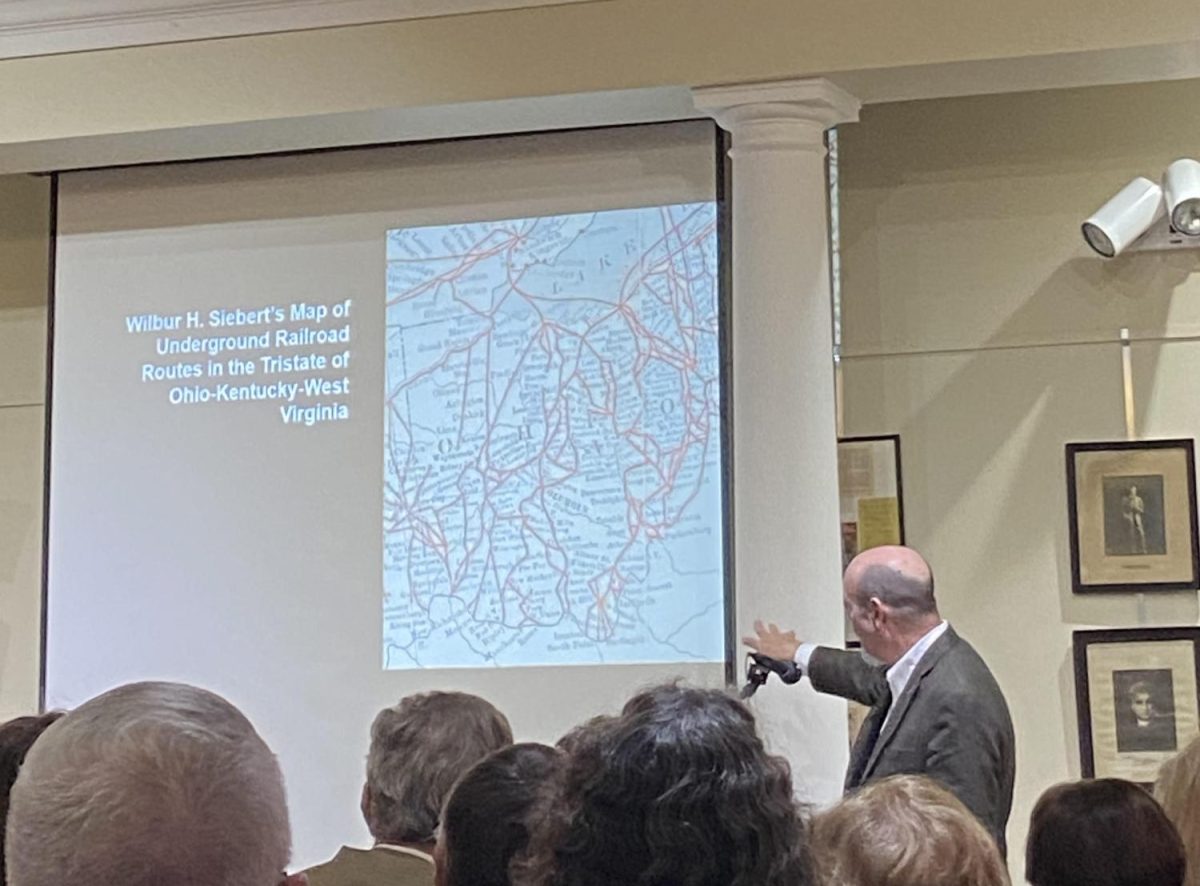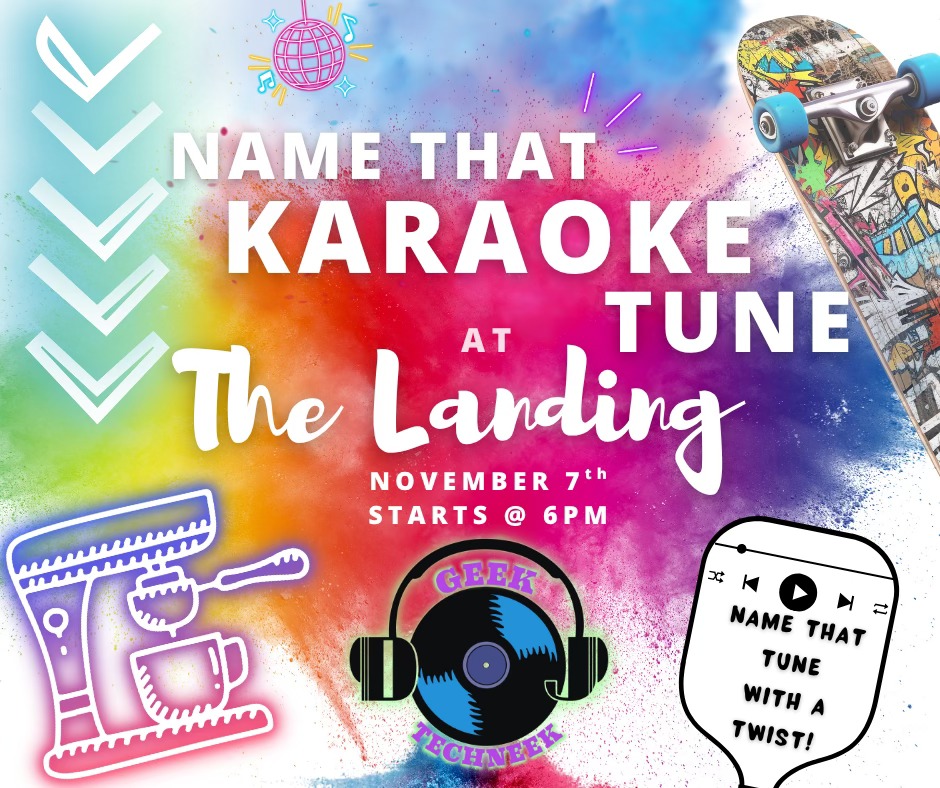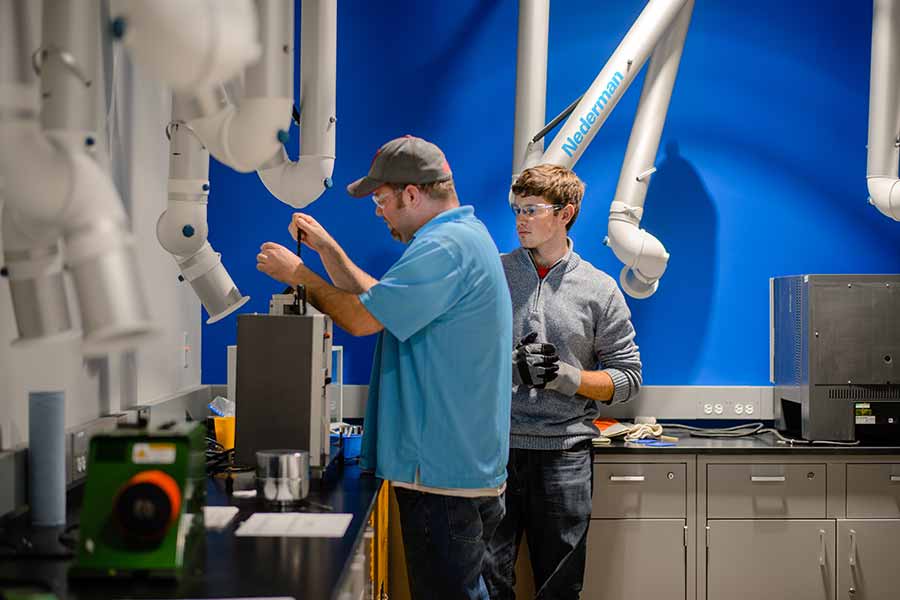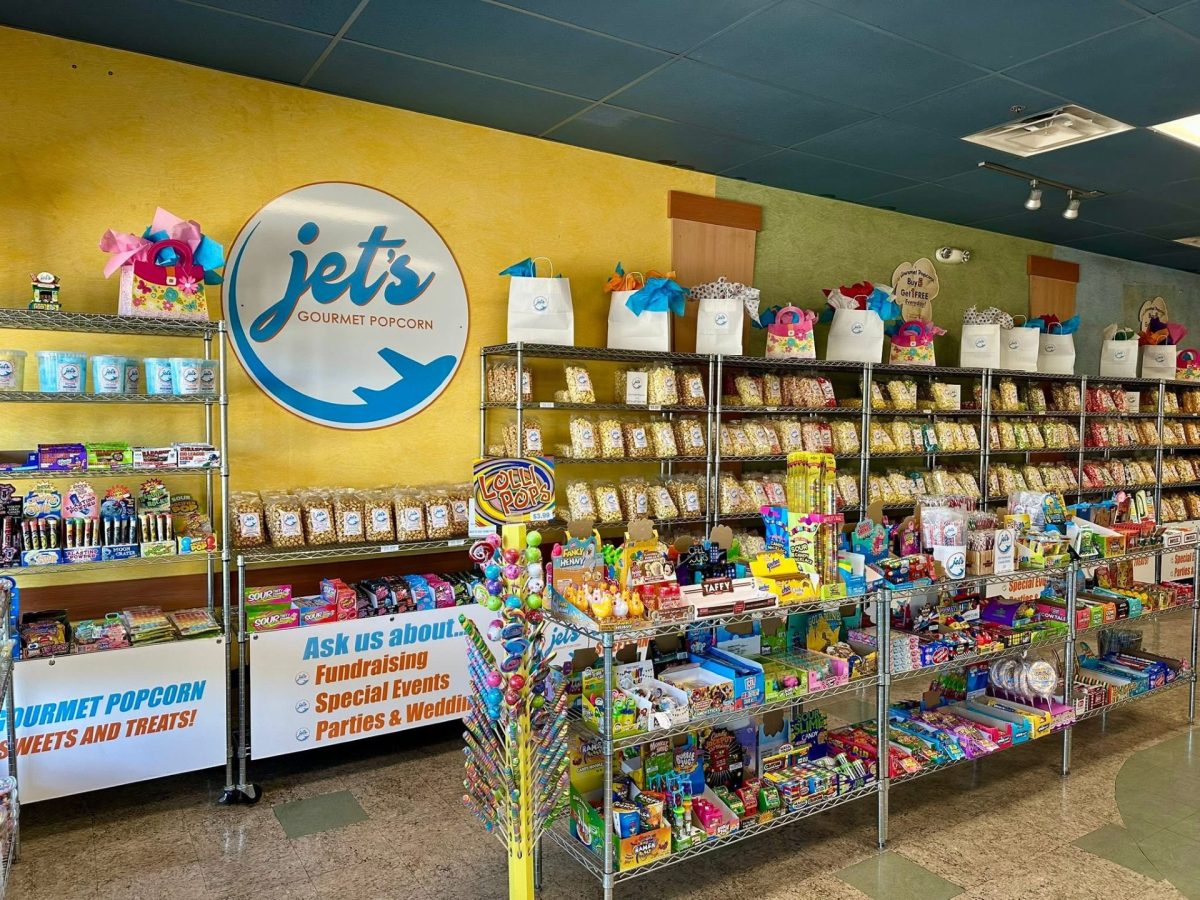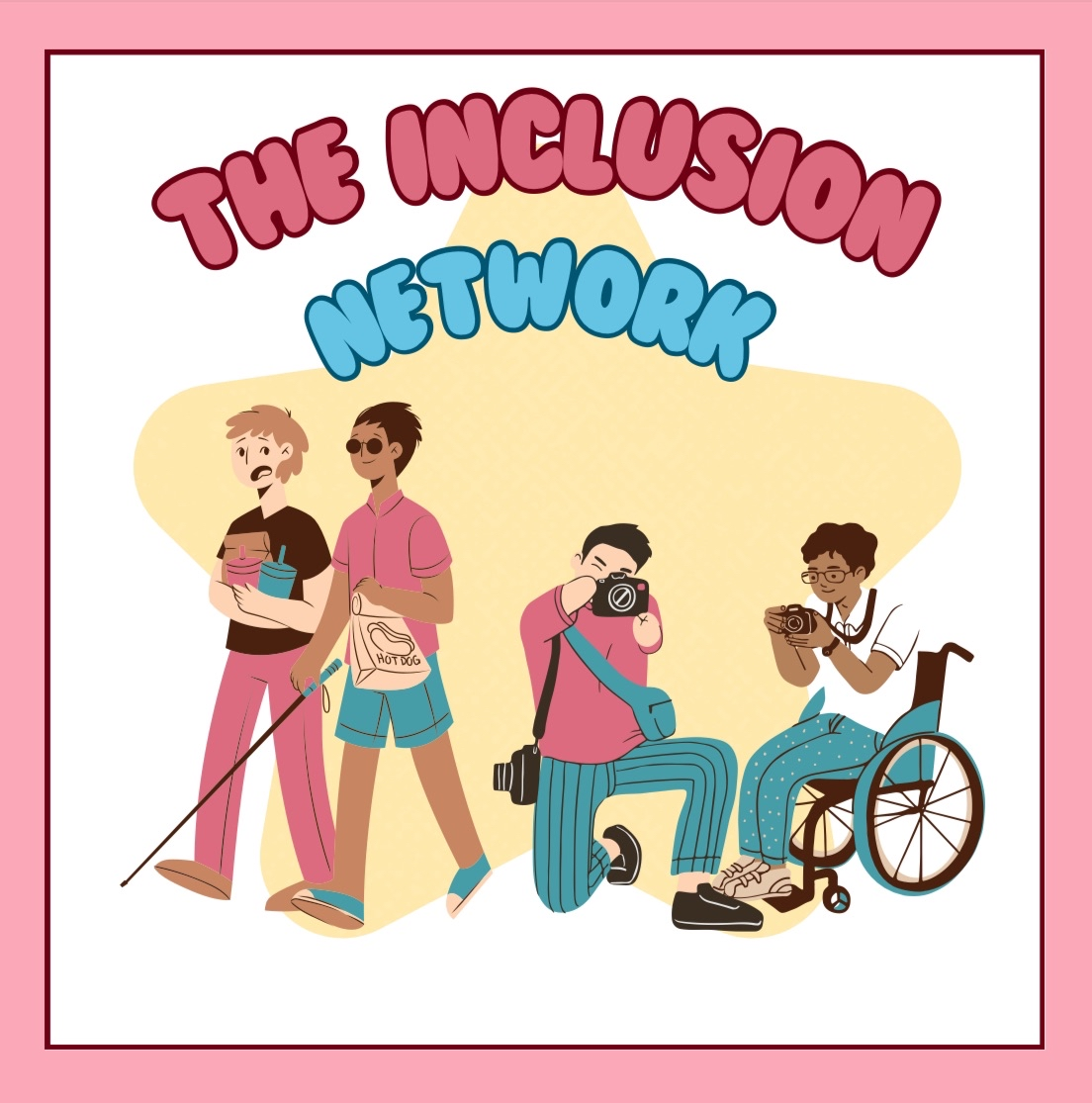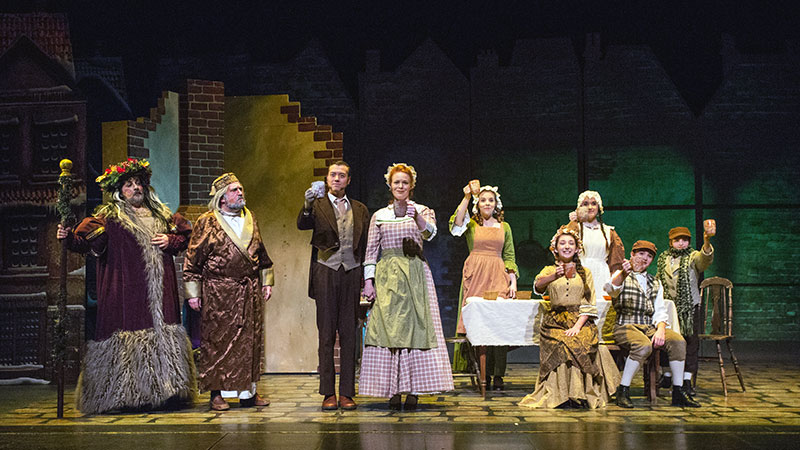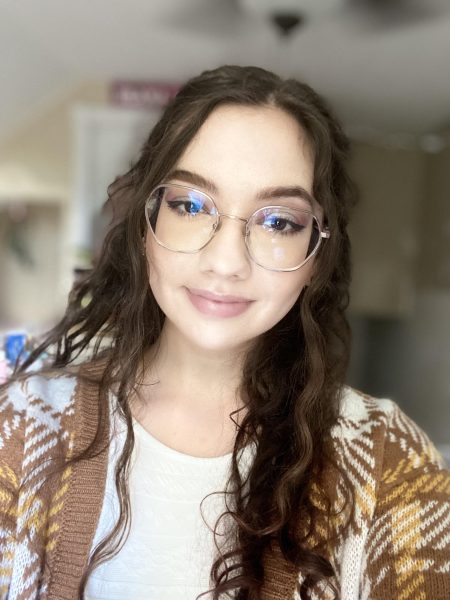Andrew Feight, a history professor at Shawnee State University, gave a lecture on Underground Railroad (UGRR) activity in southern Ohio at the Ross County Historical Society on Thursday.
Feight’s lecture was titled “New Light on the Underground Railroad in the Appalachian Foothills of Ohio.” The title was inspired by the late Wilbur H. Siebert’s journal article “Light on the Underground Railroad,” published in 1896. Siebert was a professor at Ohio State University. The “new” spin on the title suggests more possibilities at uncovering history due to new resources that weren’t available when Seibert was conducting his research in the 1890s.
Practices like digitizing historical connections such as Siebert’s original interviews “transforms our understanding of the Underground Railroad,” said Feight.
Before the 1960s, a lot of history related to the UGRR operators had been whitewashed. In reality, a mix of both Black and white operators helped formerly enslaved people reach freedom. The establishment of Black communities and Black churches played a key role in that process.
In an interview with Siebert, African-American barber John J. Minor explained the establishment of the “regular line.” This was the name given to the usual path traveled by freedom seekers that passed through Portsmouth.
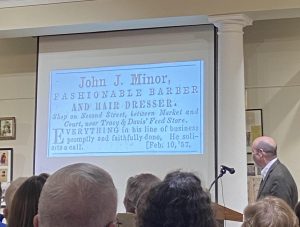
In Houston Hollow, another African-American man by the name of Joseph Love hosted the first stop north of Portsmouth. The Minors would often transport freedom seekers from their care into his.
Funded by the Appalachian Freedom Initiative, the Center for Public History at SSU is one of the task forces faced with the research, decision-making and marking of 27 historical sites linked to the UGRR across nine counties in the tri-state area.
Because of Minor and his wife Martha’s involvement in the UGRR in Portsmouth, Feight is looking to nominate their barbershop, which was on Second Street in Portsmouth, to be marked by the National Park Service this winter. The African Methodist Episcopal Church that used to be on the corner of Fourth and Market Streets, where both the Minors and Love were members, will also be nominated for a marker.
With the research revealing up to 60 sites, Feight shared his hopes of a second round of funding to preserve these legacies.
For more history on the UGRR in Portsmouth, check out https://sciotohistorical.org/tours/show/23 for a digital tour.
